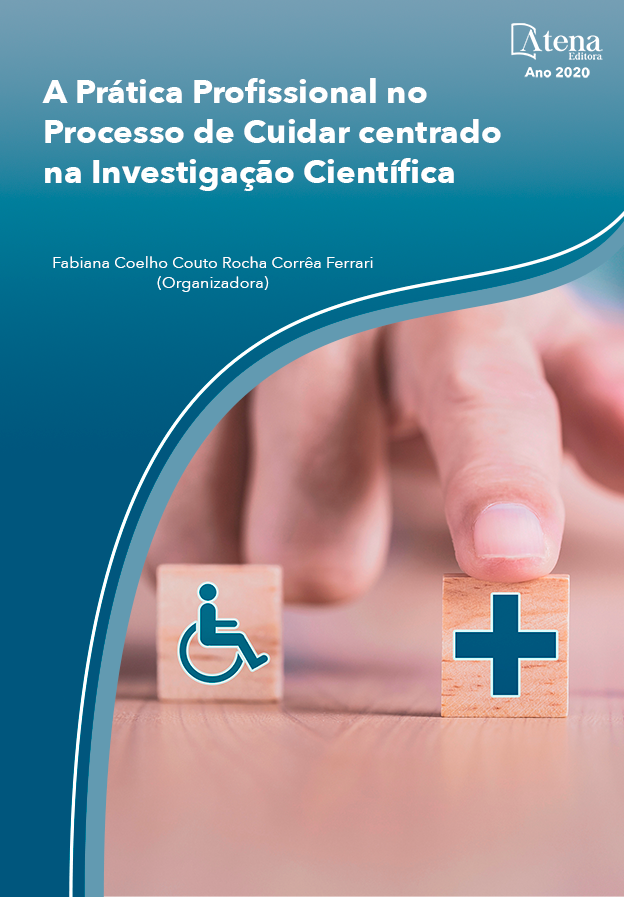
FALHA NA IMPLEMENTAÇÃO DO CONTROLE DE INFECÇÕES NO SETOR DE HEMODIÁLISE DE UM HOSPITAL ESCOLA
Segundo dados do Ministério da Saúde, milhares de pessoas sofrem diariamente com erros e negligências por parte de profissionais de saúde (BRASIL, 2013). Os clientes de hemodiálise estão em alto risco para as infecções relacionadas à assistência e as atividades do enfermeiro são fundamentais na prevenção e controle das infecções (GUEDES et al., 2017). O estudo busca analisar as ações relacionadas a segurança do paciente e do trabalhador em um hospital escola em Goiânia, principalmente sobre a falha na implementação do controle de infecções. O trabalho tem como princípio a Metodologia da Problematização, baseada no Arco de Charles Maguerez, utilizando as cinco etapas: observação da realidade e elaboração do problema, pontos-chave, teorização, hipóteses de solução e aplicação à realidade (BERBEL, 2012). As infecções são a segunda causa principal de morte em pacientes em hemodiálise, sendo as infecções da corrente sanguínea a causa mais comum (GORK et al., 2019). O paciente renal crônico que utiliza cateter contém maior risco para contrair infecções no sistema circulatório, pelo fato de obter maior risco próprio do procedimento como ruptura da pele, reutilização dos dialisadores e contaminação da água, além da uremia associada à deficiência da imunidade e formação de biofilme nos dispositivos intravenoso (CORREA; SOUZA 2012). Dessa forma, com intuito de mitigar a realidade observada, foi possível realizar uma educação continuada com os profissionais que trabalham no setor de hemodiálise, a fim de alertá-los sobre os riscos na falha do controle de infecção.
FALHA NA IMPLEMENTAÇÃO DO CONTROLE DE INFECÇÕES NO SETOR DE HEMODIÁLISE DE UM HOSPITAL ESCOLA
-
DOI: 10.22533/at.ed.5942009112
-
Palavras-chave: Hemodiálise; Infecção; Segurança do Paciente
-
Keywords: Hemodialysis; Infection; Patient Safety
-
Abstract:
According to data from the Ministry of Health, thousands of people suffer daily from errors and negligence on the part of health professionals (BRASIL, 2013). Hemodialysis clients are at high risk for infections related to care and nurses' activities are fundamental in the prevention and control of infections (GUEDES et al., 2017). The study seeks to analyze the actions related to patient and worker safety in a teaching hospital in Goiânia, mainly on the failure to implement infection control. The work has as principle the Methodology of Problematization, based on the Arch of Charles Maguerez, using the five stages: observation of reality and elaboration of the problem, key points, theorization, hypotheses of solution and application to reality (BERBEL, 2012). Infections are the second leading cause of death in hemodialysis patients, and bloodstream infections are the most common cause (GORK et al., 2019). The chronic renal patient who uses catheters has a higher risk for contracting infections in the circulatory system, because it obtains a higher risk of the procedure such as skin rupture, reuse of dialysators and water contamination, in addition to uremia associated with immunity deficiency and biofilm formation in intravenous devices (CORREA; SOUZA 2012). Thus, in order to mitigate the observed reality, it was possible to carry out a continuing education with professionals working in the hemodialysis sector, in order to alert them to the risks in the failure of infection control.
-
Número de páginas: 12
- ALYNE PEREIRA RODRIGUES
- MARÍLIA INÁCIO DE OLIVEIRA
- THAYNÁ MOREIRA MACHADO GONÇALVES DE LIMA
- VITÓRIA SANTOS DE SOUSA SILVA
- Ms. REJANE DE CARVALHO SANTIAGO
- TATIELLY TEIXEIRA DAS CHAGAS


